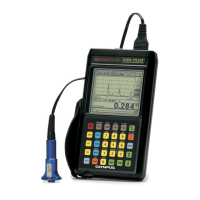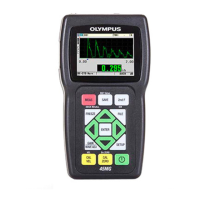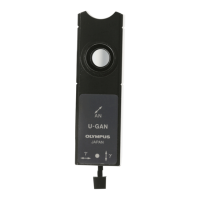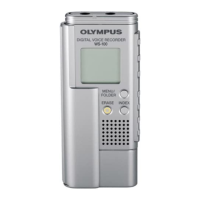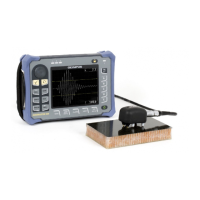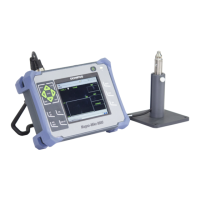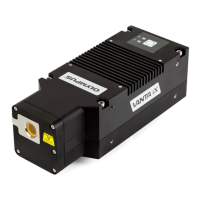DMTA-10004-01EN, Rev. D, November 2016
Custom Setups for Single Element Transducers
229
Figure 13‑7 Comparing pulser power set to 60 V and 200 V
13.6 Time-Dependent Gain Curve
With single element transducers, the 38DL PLUS either uses the automatic gain
control (AGC) [see “Configuring Measurement Parameters” on page 127 for details
on how to activate the AGC] or the time-dependent gain (TDG) functions to
automatically adjust receiver gain to an optimum level when an echo is detected.
The 38DL PLUS offers three parameters to draw a time-dependent gain curve: INIT
GAIN, TDG SLOPE, and MAX GAIN (see Figure 13-8 on page 230). From the initial
gain level, receiver gain slopes up to the maximum gain level at the rate determined
by the TDG SLOPE setting. When you adjust any of the received gain parameters, a
black time-dependent gain curve is displayed so that you can clearly see the zones of
initial gain, slope, and maximum gain.
Initial pulse
Initial pulse

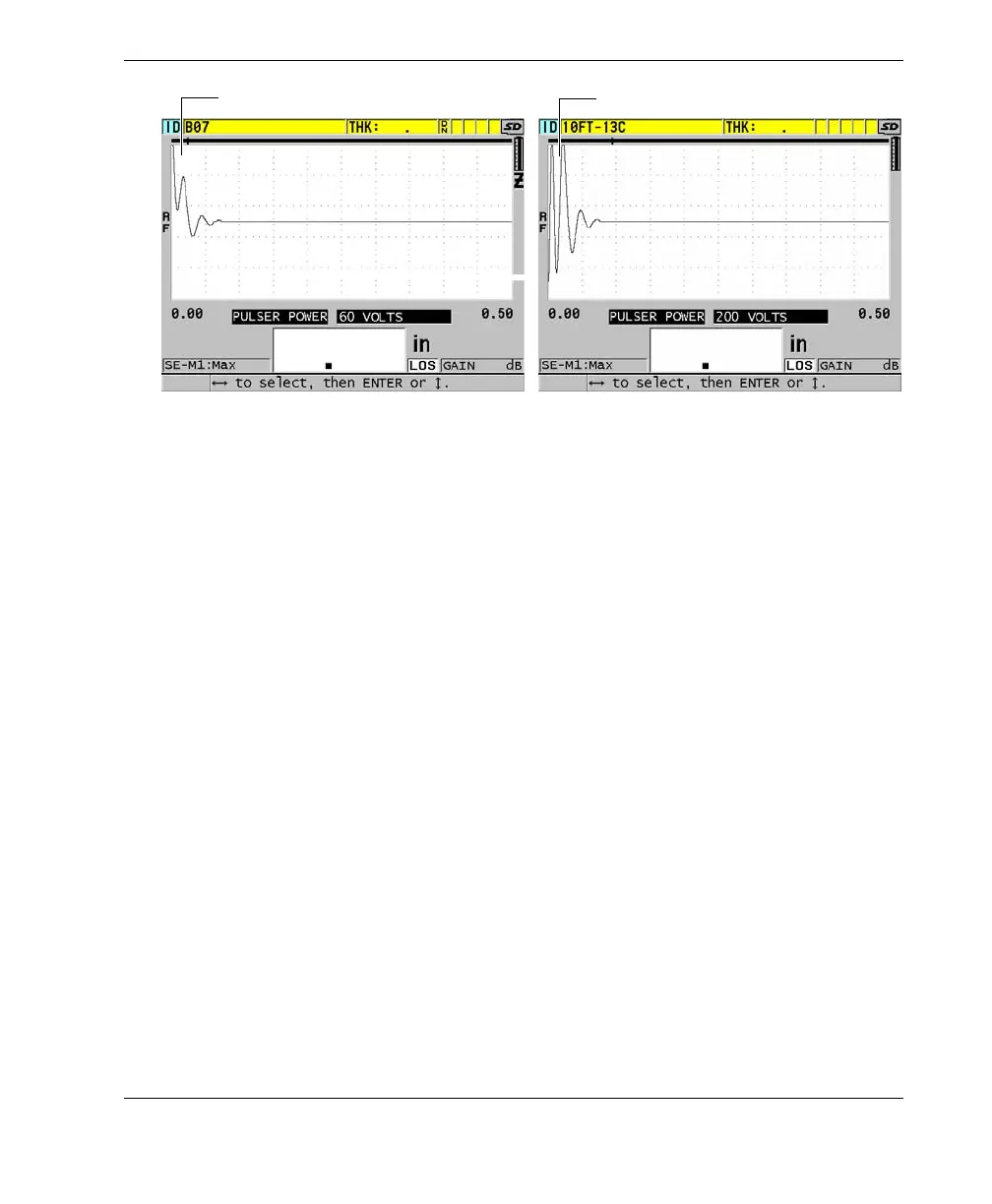